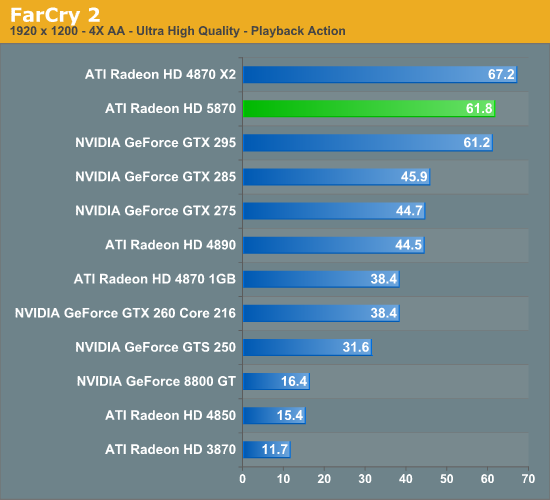I think it's typical of all GPUs. Cypress' TDP is 188W, yet average load power consumption is around 120-140W (source. And yes, under FurMark, virtually every card exceeds their TDPs.
The average load power of the GTX295 though is at 181W (with a 6pin+8pin, 289W TDP), which might be in line with GF100's TDP. The latter's average load power better not be on roughly 295 level, otherwise I sense quite some headbanging with something short of 50% higher power consumption.


